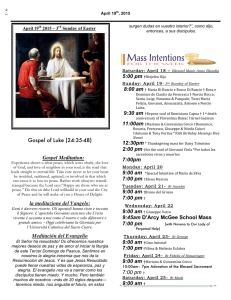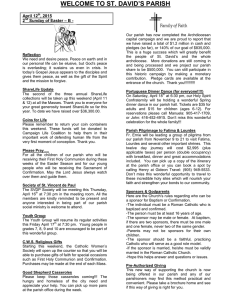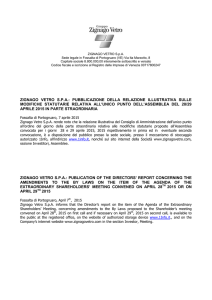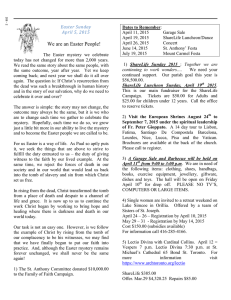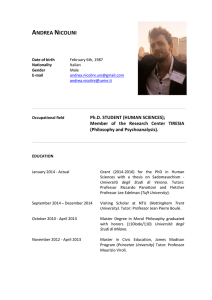Code-mixing & Code-switching
advertisement
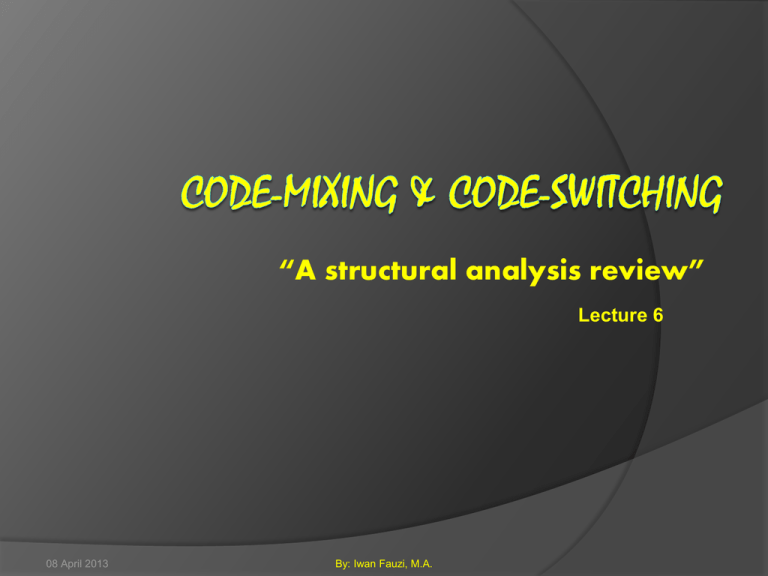
“A structural analysis review” Lecture 6 08 April 2013 By: Iwan Fauzi, M.A. Prefered terms by experts 08 April 2013 By: Iwan Fauzi, M.A. Typology of Code-switching Equivalence constraint Free morpheme constraint Shana Poplack (1980) 08 April 2013 By: Iwan Fauzi, M.A. “Equivalence Constraint (EC)” Code-switches tend to occur at points where the juxtaposition of L1 and L2 items does not ‘violate a syntactic rule of either language’ Apa yang dia claim? what does he claim? The Equivalence Constraint claims that there is linear order and structural hierarchy in code-switched utterances. No problem, ke mana dia pergi. No problem, where does she go 08 April 2013 By: Iwan Fauzi, M.A. Free Morpheme Constraint (FMC) The Free Morpheme Constraint proposes that code-switches will not occur within a word such as between two affixes, and a stem and an affix. * saya yang meng-organize-kan ini - siapa yang meng-order buku ini ? - ada yang ber-honeymoon di pulau itu 08 April 2013 By: Iwan Fauzi, M.A. FMC The Free Morpheme Constraint suggests that switching is possible anywhere except between a bound morpheme and a stem - dia kelihatan ill-feel - biasanya hari minggu adiknya off - You kelihatan loyo, take a rest saja hari ini 08 April 2013 By: Iwan Fauzi, M.A. Typology of Code-mixing Insertion Alternation Congruent Lexicalization Pieter Muysken (2000) 08 April 2013 By: Iwan Fauzi, M.A. “Insertional CM” Structural characteristics of insertions proposed by Muysken (2000) are that they are usually single, content words (such as nouns and adjectives) The word order of the sentence displays a nested a b a structure. This means that the elements preceding and following the insertion are grammatically related. 08 April 2013 By: Iwan Fauzi, M.A. “Example of Insertion CM” A = L1 B = L2 A B …a… …b… A …a… Amir sudah dua step ketinggalan di belakang Tak banyak anggota yang posting tulisan 08 April 2013 By: Iwan Fauzi, M.A. “Alternational CM” Alternation occurs when several constituents are mixed in a sequence. Discourse particles and adverbs are analyzed as alternations. Alternation is observed to display a nonnested A...B...A structure, which means that the elements preceding and following the ‘switched string’ are not ‘structurally’ related. In alternation, a sentence begins with language A and ends in language B or the way round. 08 April 2013 By: Iwan Fauzi, M.A. “Example of Alternation CM” A B …a… …b… For you know, kami selalu konsisten. Jangan sampai terlambat, Okay? Apapun tindakannya, it must be crime. 08 April 2013 By: Iwan Fauzi, M.A. “Congruent Lexicalization” Considerable contact between typologically not-so-distant language pairs may lead to ‘congruent lexicalization’ (CL). The theory of CL characterizes the convergence of two grammatical systems into one that can take place. In CL, the grammar of the sentence is shared either fully or in part by the two languages. 08 April 2013 By: Iwan Fauzi, M.A. “Example of CL” A/B …a… …b… …a… …b… Bahasa has no CL with English because both are not a language in one family.. This may happen for a non-distant language pairs. 08 April 2013 By: Iwan Fauzi, M.A. Conclusion Poplack proposed two constraints of Code-switching: free morpheme constraint and equivalent constraint. Muysken proposed three types of Codemixing: Insertion, Alternation, and Congruent Lexicalization. 08 April 2013 By: Iwan Fauzi, M.A. Thank you 08 April 2013 By: Iwan Fauzi, M.A.
